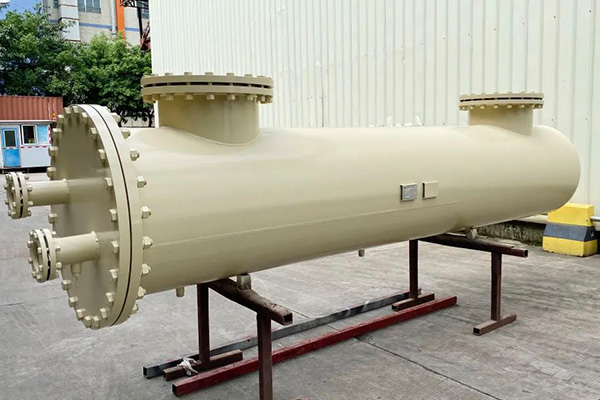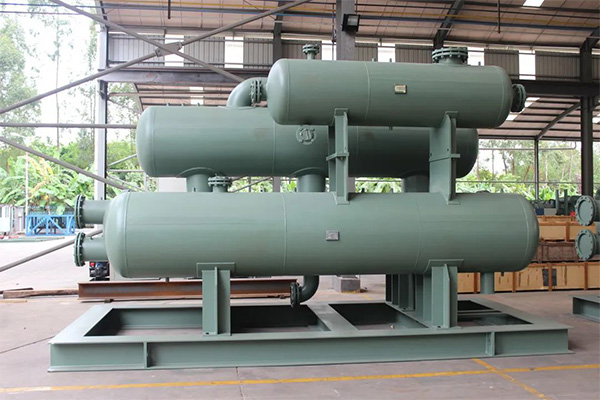The rapid development of petrochemical equipment on marine platforms all over the world, driven by the implementation of the national marine development strategy and the success of projects like the National Offshore Oil Corporation, underscores the importance of seawater heat exchangers. These devices are crucial for the smooth operation and economic performance of offshore platforms, impacting safety, stability, and long-term production.
Material Selection:
Choosing the right materials is pivotal in seawater heat exchanger design, affecting production, safety, maintenance, and technological upgrades. Adherence to relevant standards and specifications is essential, considering factors like material mechanical properties, chemical composition, manufacturing processes, and owner requirements. Understanding material selection principles is invaluable for practical applications.
Factors Influencing Material Selection:
1. Medium Characteristics:
Corrosiveness, temperature, pressure, and flow rate significantly influence material selection.Sea water and other mediums contain corrosive elements, impacting material durability.
Temperature variations affect material strength and ductility.
2. Material Performance:
Marine environments pose unique challenges with high humidity, salt content, and temperature fluctuations.Material performance must meet heat exchanger requirements, emphasizing thermal conductivity and mechanical strength. Most marine products are made of nickel-copper B30, stainless steel 316L, or titanium materials, which are highly corrosion resistant and therefore suitable for use with seawater.
3. Processing Performance of Materials:
Material processability determines the ease of manufacturing using various techniques and welding processes.Ideal materials exhibit excellent casting, cutting, pressure processing, and heat treatment properties.
Processing and welding considerations include the suitability of materials like titanium, low-carbon steel, and stainless steel.
4. Cost:
Cost analysis, including material, processing, and transportation costs, is vital for selecting economically viable materials.Optimal material selection balances costs with longevity, sometimes favoring carbon steel over more expensive alternatives.
Strategies like using composite steel plates or corrosion-resistant liners can enhance cost-effectiveness.
5. Weight:
Equipment weight is a crucial factor for offshore installations.Considerations include transportation and installation costs for seawater heat exchangers on marine platforms.
Selecting materials for seawater heat exchangers on offshore platforms requires meticulous consideration of various factors. By prioritizing medium characteristics, material performance, processing capabilities, cost-effectiveness, and weight considerations, engineers can ensure the optimal performance and longevity of these critical components in marine environments.

评论
发表评论